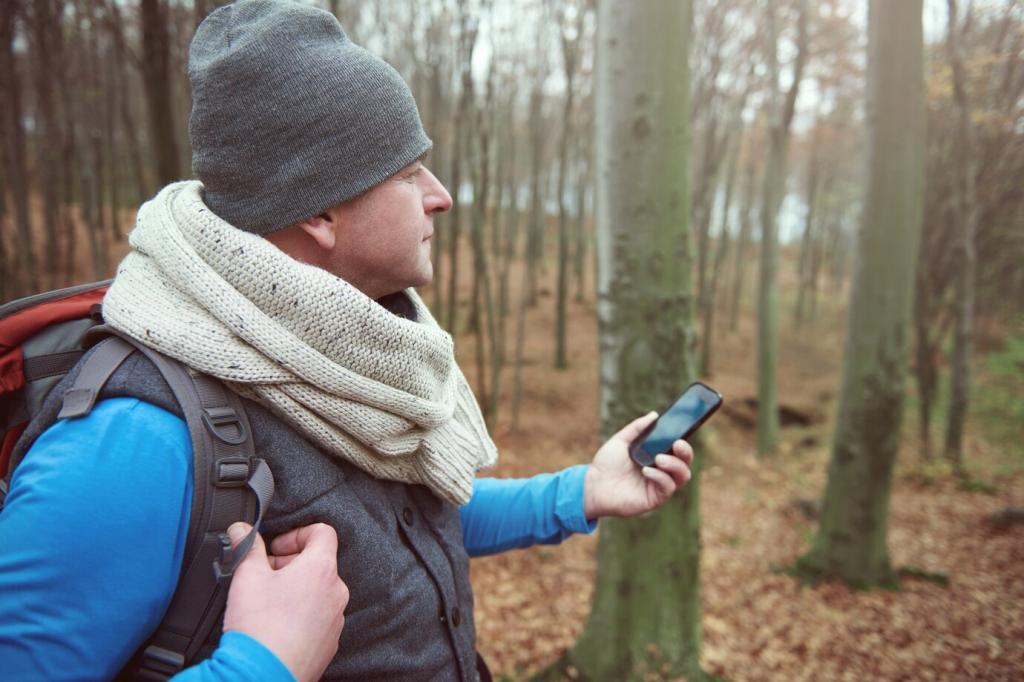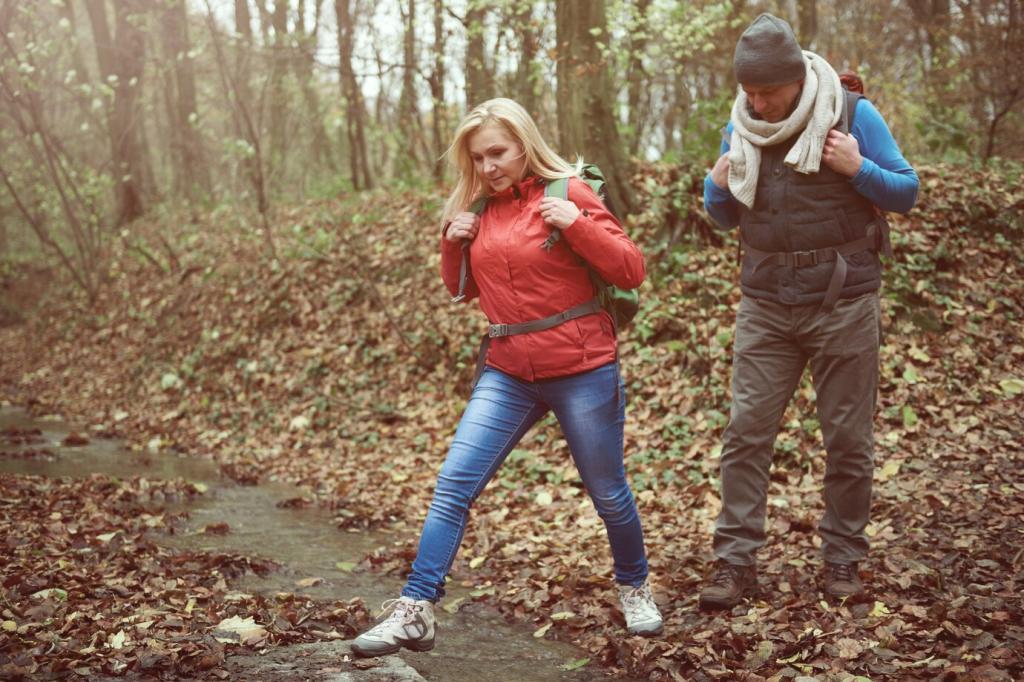Calculating Trail Calories and Macros
Start with your normal daily intake, then add 100–150 calories per mile, more for heavy packs and big climbs. Cold weather and wind can raise needs significantly. Track for two days to see if you finish feeling energized or depleted, then adjust.
Calculating Trail Calories and Macros
A practical starting point is roughly 50–60% carbohydrates, 15–20% protein, and 25–30% fats. These ranges keep energy stable and recovery strong. Tweak for your preferences and digestive comfort. Post your macro experiments so others can learn from your results.










